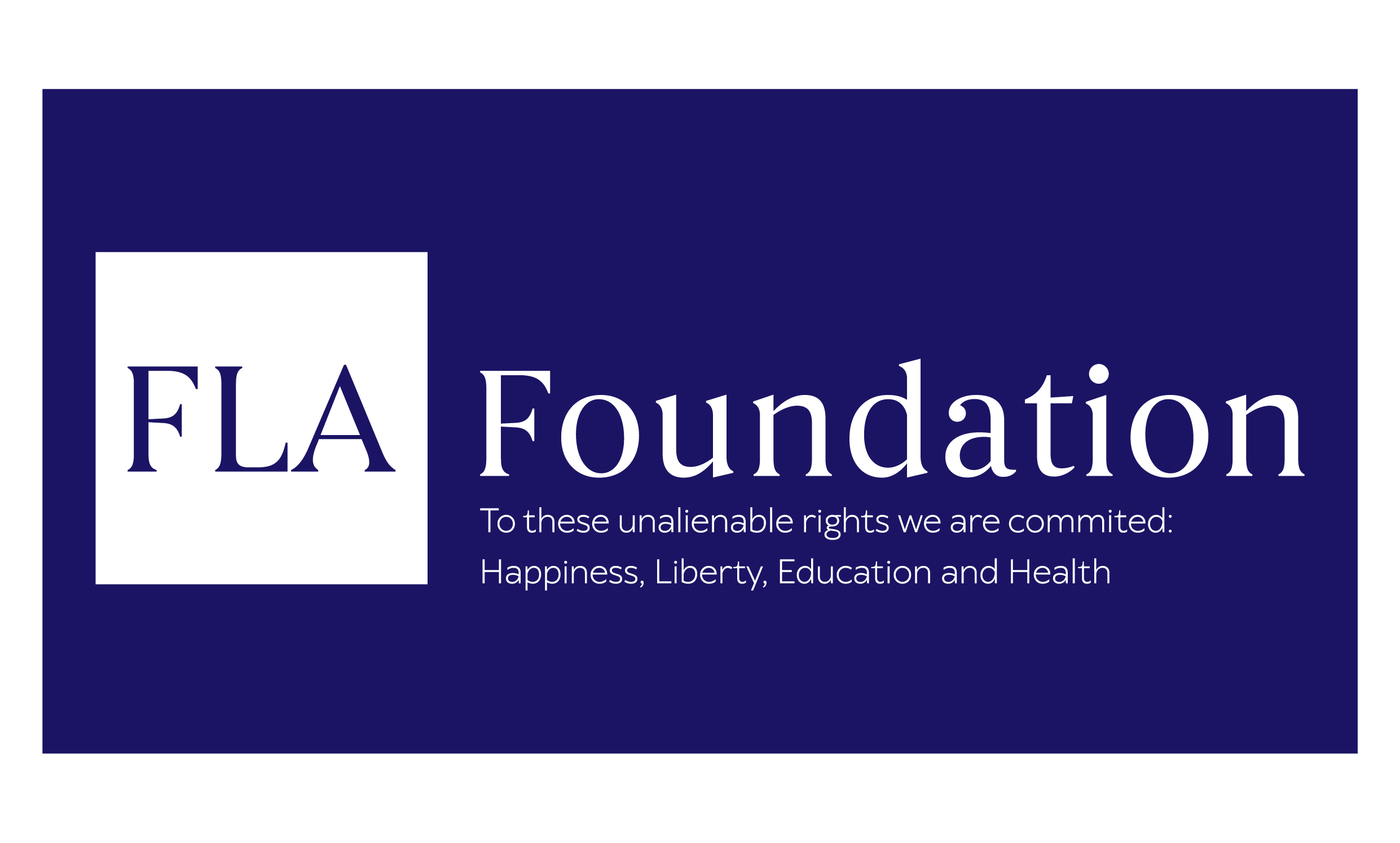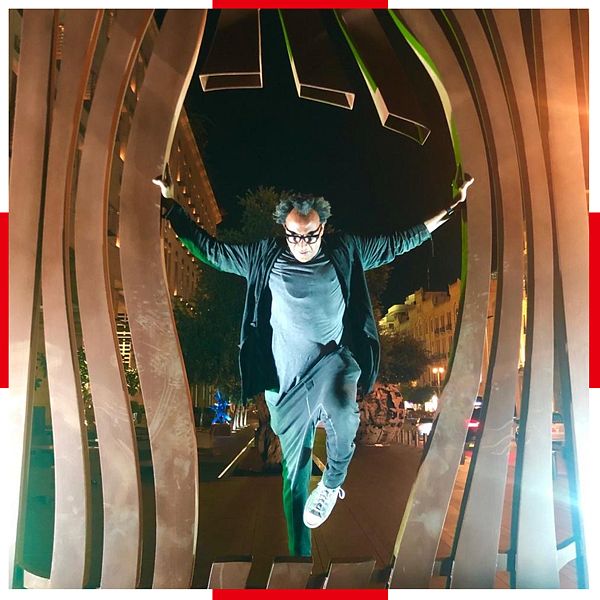
Hady Sy, Artiste plasticien
Pensez-vous que cette situation va amener à un changement ? et si oui, comment ?
Il va y avoir surement un avant et après COVID 19. Le discours de penser que ce virus est positif pour l’Humanité, j’en doute largement vu que des gens sont en train de crever littéralement, que les personnes fragiles, (médicalement, psychologiquement, économiquement) vont l’être encore plus et l’Injustice va s’accroitre inéluctablement. En espérant me tromper ; Je crains les frontières qui vont renaitre, les montées des nationalismes bêtes et méchants, l’égoïsme, l’avidité, la pauvreté, la violence, (à noter et ne pas oublier les horribles violences conjugales dues au confinement qui sont entrain de battre des records en cette période), les séparations, les dérives sécuritaires des droits et libertés, la surveillance des populations etc…Il faudra probablement repenser le système d’éducation et de travail, certains métiers disparaitront, d’autres naitront…En revanche, nous assistons au triomphe des sciences, de la technologie, du numérique (des Netflix et Amazon…) et d’un autre coté au magnifique travail et dévouement du personnel médical, à la solidarité, la générosité et l’empathie de femmes et d’hommes de tous genres, au vrai humanisme, à la défense de la VIE de l’HUMAIN en tout ce qu’il a de plus précieux. De mon côté, j’aimerais croire que ce virus qui nous unit tous, nous rappelle à l’ordre, nous montre que tout seul nous ne sommes rien, que l’on est tous dépendant l’un de l’autre, que nos actes sont corrélés, liés. Il y aura certes, un réel questionnement sur l’avenir des Hommes, sur notre capacité à se transformer, à s’adapter mais aussi à s’entraider. Je placerais l’Amour (de l’Autre) au centre de toute chose comme source de salut de l’Humanité.
Cela sera à nous, les artistes, les intellectuels et les gens de bonne intention à rester vigilants et dénoncer tout écart, abus et Injustice.
De quoi est fait votre quotidien en temps de confinement ?
Depuis toujours, la nature même de mon travail est d’être en confinement pour pouvoir créer, avoir le temps, être concentré, avoir l’esprit libre… Bizarrement, maintenant que je suis confiné en solitaire et que j’ai tout ce que je veux…je ne fais absolument rien de tout ça ! Je ne suis pas du tout inspiré. J’ai essayé… mais ce n’était ni juste ni beau. Je me trouvais égoïste à la limite du Vulgaire. Je préfère répondre, écouter, parler à mes proches…être là pour eux.
Par contre, je suis en train de réussir une besogne à laquelle j’aurai dû m’atteler il y a des années : Faire l’inventaire de mes pièces (tout en écoutant de la musique) : archiver, éditer, signer, nettoyer, jeter, retoucher…
En plus de ça, de longues siestes, de beaux films, les infos, bien sûr, et des bons petits plats bio que je me concocte tous les jours à heures fixes.
Des petits bonheurs simples d’une vie active, qu’est-ce qui vous manque le plus ?
La Liberté. La chaleur humaine. Le toucher et le parfum des gens que l’on aime, ma famille, mes amis, « mes proches » (mot qui prend tout son sens en cette période de distanciation sociale).
Qu’est-ce qui ne vous manque pas ?
Le bruit. Malgré que le silence soit parfois plus assourdissant et pesant lorsqu’il est imposé.
Pour tromper l’ennui que suggérez-vous à nos lecteurs comme :
LIVRE : LAO TSEU
ŒUVRE MUSICALE : George Brassens
PODCAST OU YOUTUBE A SUIVRE : TED TALKS, la plupart ici
RECETTE DE CUISINE :
FILMS : J’ai choisi des films qui traitent de thèmes humanistes :
Dead Poets Society de Peter Weir
It’s a wonderful Life de Frank Capra de Frank Capra
Ghandi de Richard Attenborough
Life is Beautiful de Roberto Begnini
The green Mile de Frank Darabont
Shawshank Redemption de Frank Darabont (histoire de Stephen King)
Un mot d’encouragement
HOPE, HOPE and HOPE… « On ne voit bien qu’avec le cœur, l’essentiel est invisible pour les yeux » Le Petit Prince de Saint-Exupéry.
Vos projets :
WALLS OF HOPE. Je travaille depuis 2 ans sur un projet sur les murs qui divisent. A savoir que le premier mur est dans notre propre tête. Mon expo aurait dû avoir lieu au mois de juin à ma galerie chez Saleh Barakat. La première pièce « The Wall of Hope » a été exposé en septembre à l’occasion de l’ouverture de la Beirut Art Fair sur l’ancienne ligne de démarcation en face de l’hôtel le Grey. Elle y est toujours.
Walls of Hope
Before I built a wall I'd ask to know
What I was walling in or walling out,
And to whom I was like to give offence
Robert Frost, "Mending Wall"
As soon as civilisation rose, walls did likewise, as the most elementary form of barrier to keep the Other(s) out, a global tool of brute political power, used from biblical Jericho to Babylon, from Great Zimbabwe, to Incan cities, to the Chinese Empire. Today, despite the globalization rationale claiming to communication and openness, and technology scorning borders, contemporary powers paradoxically keep erecting barriers between states. There were fifteen border fences worldwide in 1989, when the Berlin wall fell, and seventy-seven today. Post-9/11, concurrently with the rise of nationalist, xenophobic and racist agitation, populism has capitalized on fears to construct new walls. In the past few years, they have surged around the world, including those between the United States and Mexico, India and Pakistan, and the West Bank Barrier, in response to fears of terrorists and economic migrants, echoing ancestral phobias of vandals and invaders.
But walls' impregnability is an illusion. One can tunnel under them, climb over them, tear them down, or burst open one of their many not-so-secret doors, of which only those on the inside have the key. With The Wall of Hope, Hady Sy chose to blow up a border fence, whose resemblance to an infamous one currently being built, from its design to its dimensions, is inescapable. Yet, Sy does not gesture towards a specific wall, but to the symbolism latent in all such structures. Through a single transgression – the premise of the wall's entire dismantlement – he creates a sensual, feminine, opening that softens the violence of the wall's bursting open. Standing on a busy street corner of downtown Beirut, the sculpture is rendered monumental by three steps on each side, yet simultaneously approachable and even playful, inviting passers-by to traverse it to experience its message of peace. Made of Cor-ten steel, whose rusted appearance remains stable despite exposures to weather, The Wall of Hope is meant to endure as a symbol of the prevalence of the desire to live, a vision of a world with no borders, where a wall becomes an open door to meaningful exchanges around humanistic values.
The monumental sculpture forces confrontation with issues surrounding immigration and inequality – and, built by a team representing more than ten different nationalities, it implicitly demonstrates the porousness of borders. But if walls are conceived as physical defensive structures, their foremost purpose is ideological, psychological, political and socioeconomic, sustaining an 'us vs. them' mindset. Although built to shut people out, walls really isolate those behind them, perpetuating intolerance, hatred and fear in their minds, breeding mental fences between communities, fueling racism, discrimination based on gender identity and/or socioeconomic status, taboos, stereotypes and bigotry.
The location of Sy's Wall of Hope is highly symbolic. Erected in downtown Beirut at the corner of Martyrs' Square and Weygand Street, in front of Hotel Le Gray, it stands on the infamous Green Line that used to divide the Lebanese capital into two during the 1975 war, alienating religious communities from one another. It is also on the threshold of historic Beirut, near where one the seven iron doors of the walled medieval city helped keep strangers at bay. Despite such associations, at the image of the myriad contradictions of the city, The Wall of Hope resonates with Beirut's spirit of openness towards people, ideas and creation.
The Wall of Hope is the continuation of Sy's life-affirming and hopeful artistic project. His first self-portrait represented him walled in inside a locker, seeking refuge but also walled in during the conflict that plagued Lebanon between 1975 and 1990. Ten years ago, with the installation Not for Sale, which was acquired by France's Fonds National d'Art Contemporain, he denounced weapons' prevalence and lethality by taking x-rays of them, as if sick. In 2013, with One Blood, a curved wall with scans of blood samples inside and photographs of donors on the outside welcomed visitors instead of rejecting them. Then, with his Sifr project, Sy presented walls of money, including one fenced with bleeding barbed wire, as part of a demonstration of the historical perniciousness of the financial system. Most recently, he conceived and authored the book and mareogram Love Bible, uniting the world around "I love you" in 365 languages. In a much more monumental way, The Wall of Hope is a reminder of the need to reach out to the Other with respect and understanding, at a time of increased polarization.
Marie Tomb
ARTICLES SIMILAIRES
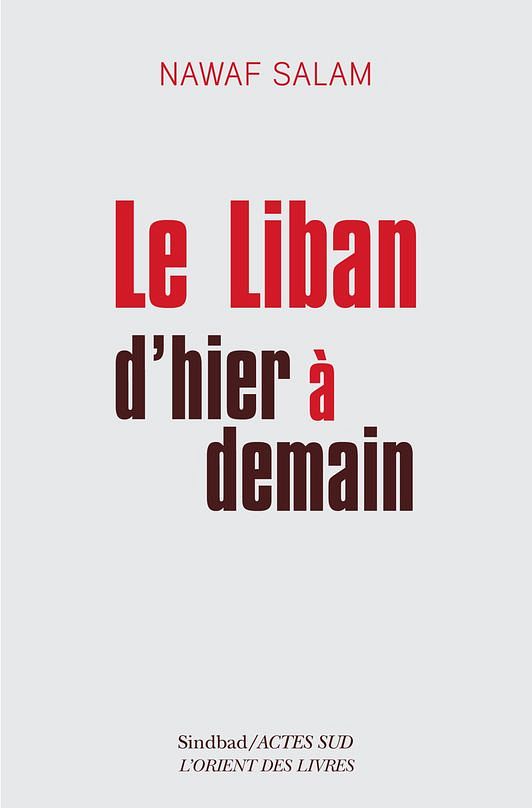
Le Liban d’hier à demain par Nawaf Salam
Zeina Saleh Kayali
14/01/2025
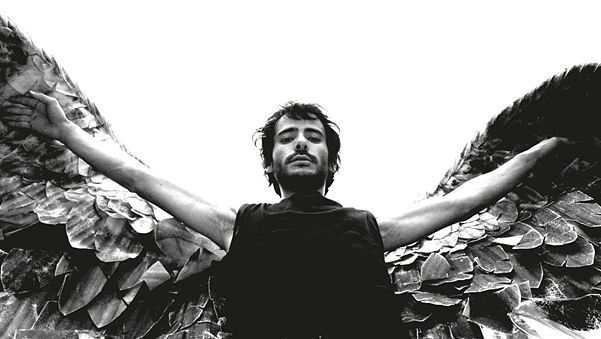
Transit Tripoli : Un vibrant tangage
Maya Trad
19/06/2024

« The School of Life » ou le camp d’été transformatif
Nadine Fardon
19/06/2024
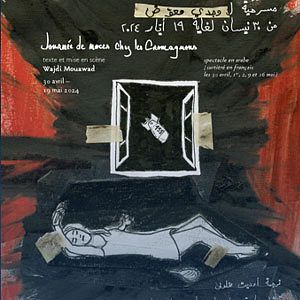
Annulation de la Première mondiale de "Journée de Noces chez les Cromagnons"
11/04/2024
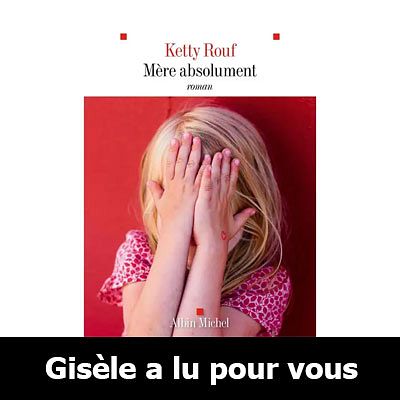
Lecture 79 : Ketty Rouf, Mère absolument
Gisèle Kayata Eid
11/04/2024
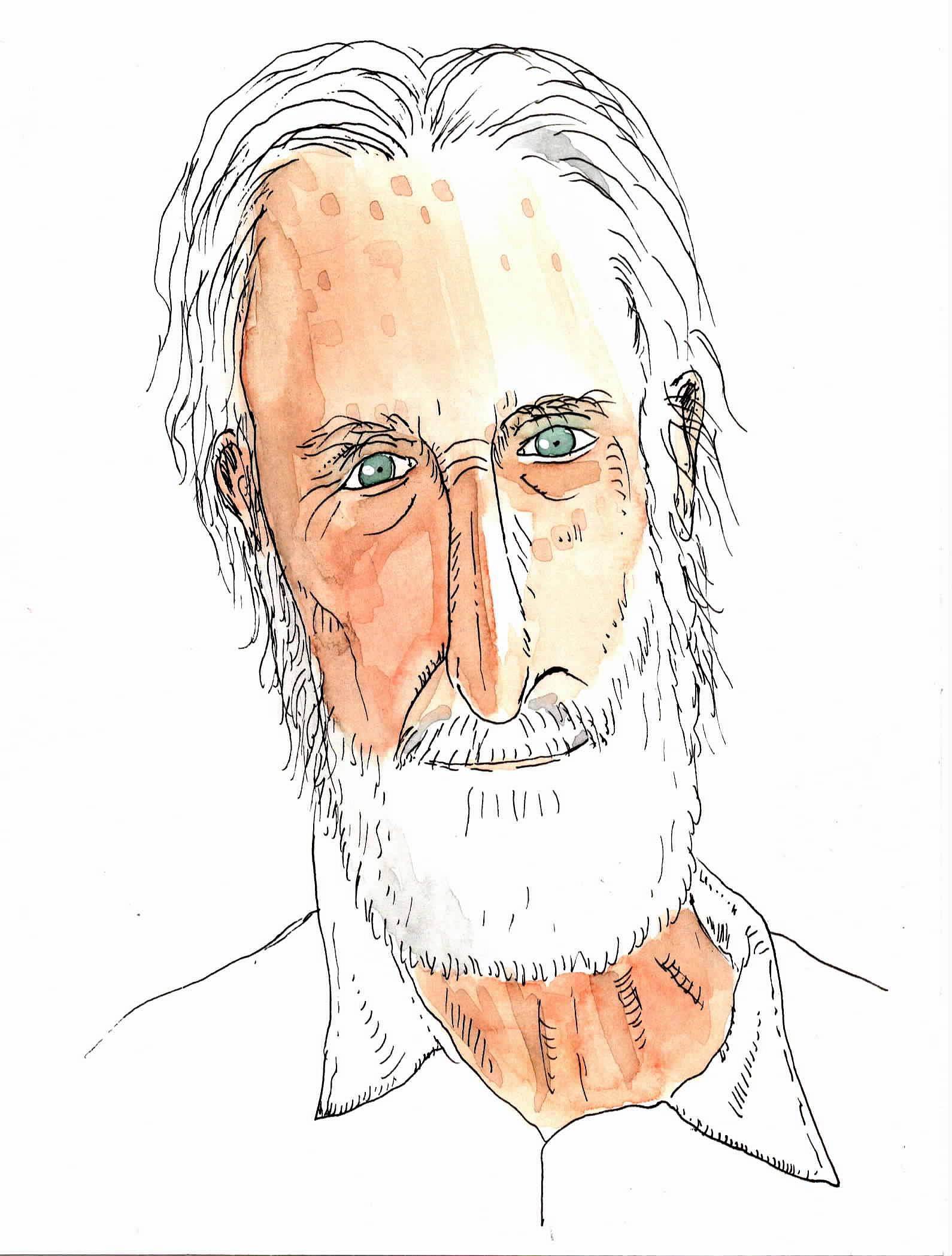
Le voyageur
Olivier Ka
10/04/2024

Des écrans aux idéaux: Beirut International Women Film Festival
09/04/2024
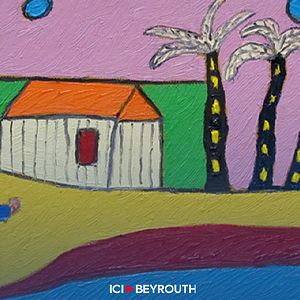
L’univers onirique de Yolande Naufal à Chaos Art Gallery
09/04/2024

De miel et de lait, une histoire douceur du Liban
Garance Fontenette
09/04/2024
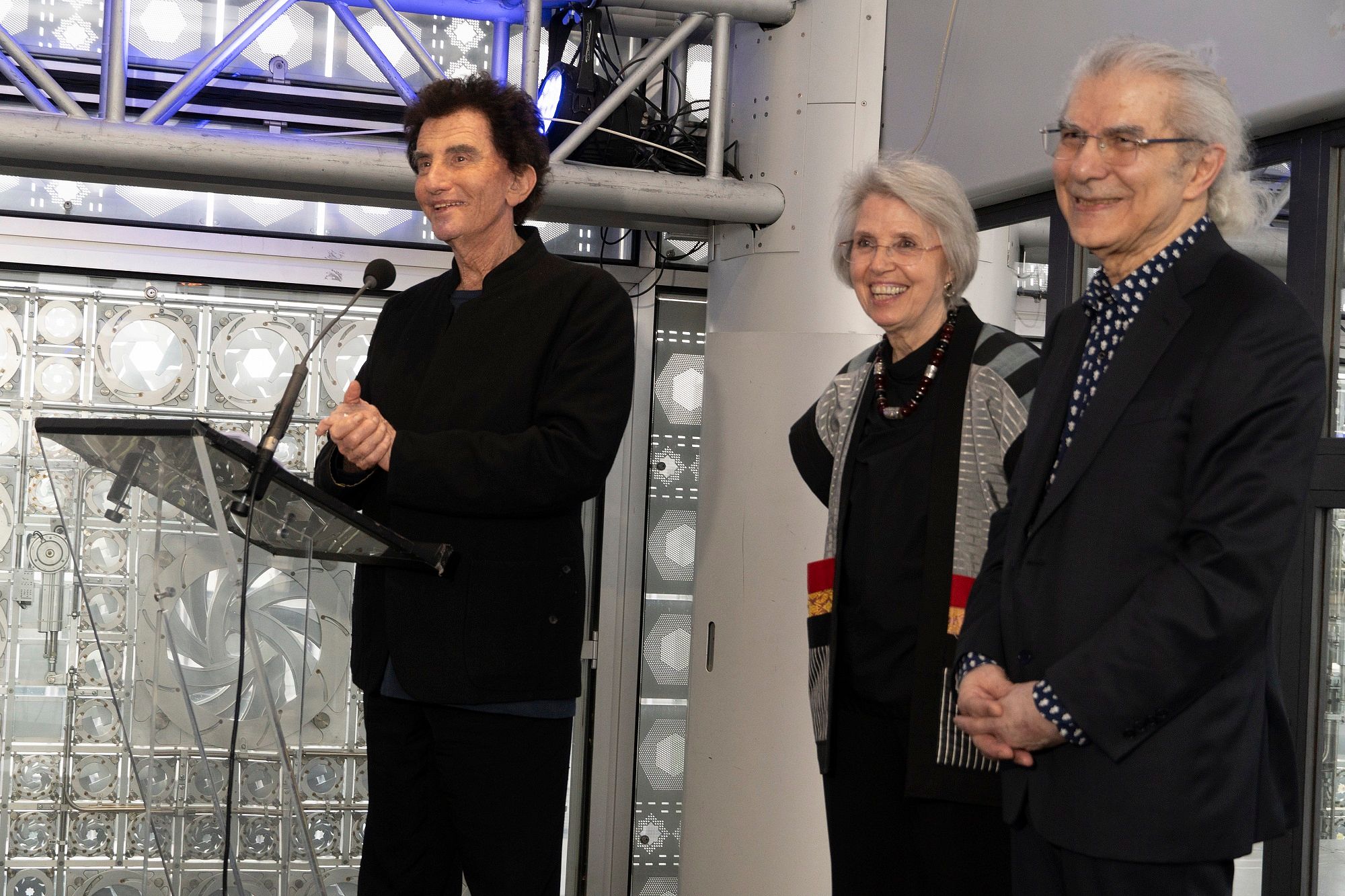
Claude et France Lemand Chevaliers de la Légion d’honneur
08/04/2024
